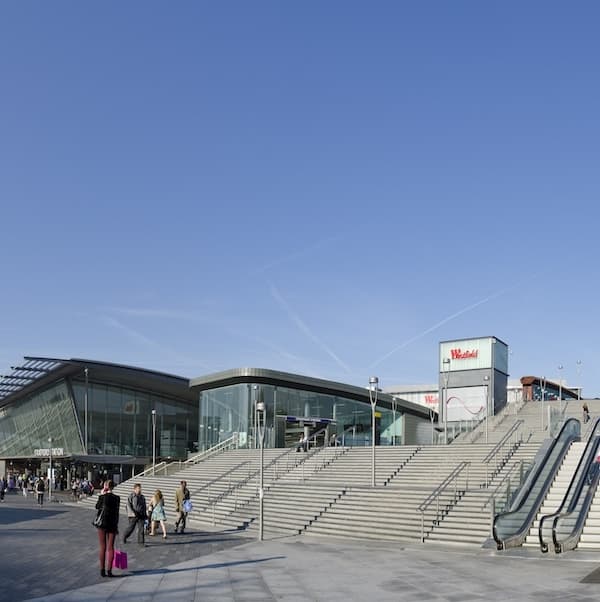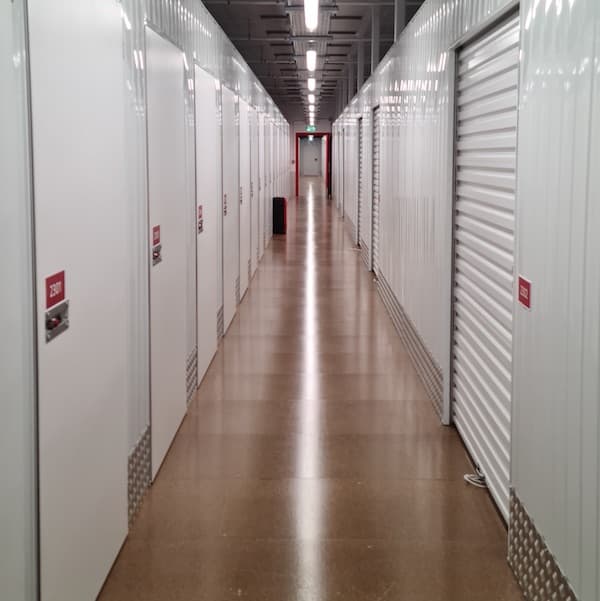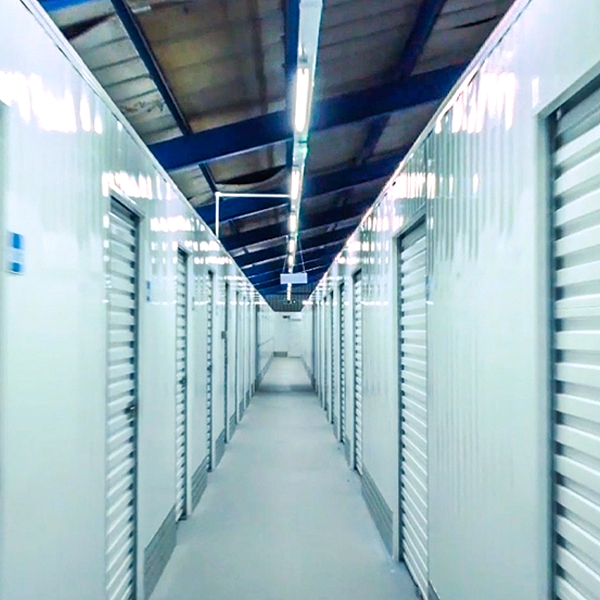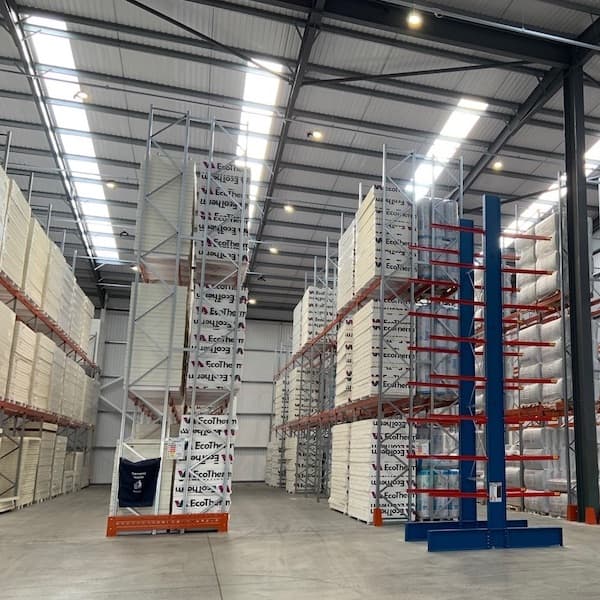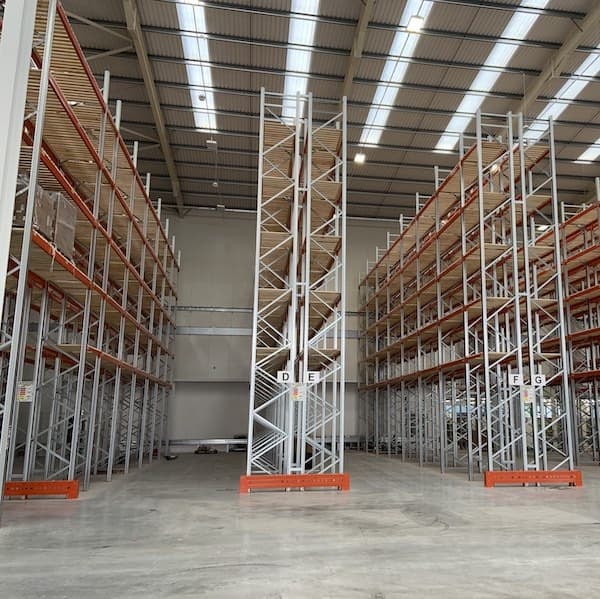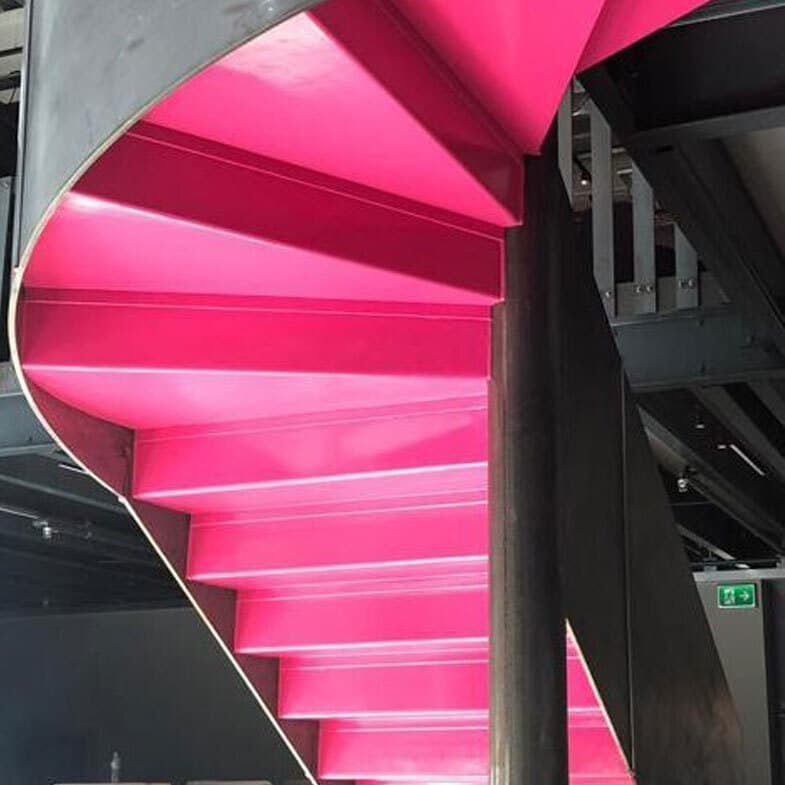- Mezzanine Floors
- Solutions
- Multi-Tier Mezzanines
- Mezzanine Pallet Safety Gates
- Mezzanine Staircases
- Mezzanine Handrails and Balustrades
- Mezzanine Decking
- Fire Protection for Mezzanine Floors
- Mezzanine Lift Shaft Design and Installation
- Resources
- Mezzanine Floor Calculator
- Mezzanine Floor Regulations and Building Control
- Self-Storage Mezzanine Floors
- Self-Storage Units
- Resources
- Self-Storage Site Selection Information
- Calculating The ROI of Self-Storage Conversions
- Planning for Automation in Self Storage
- Racking & Shelving
- Solutions
- Cantilever Racking
- Pallet Racking
- Coil Racking
- Longspan Shelving
- Tyre Racking
- Kimer Racking
- Live Storage Racking
- Drive In & Drive Through Racking
- Clip Shelving
- Mobile Shelving
- Custom Fabrications
- About Us
- USS Case Studies
- Self-Storage Fit-out For Raked Ceiling Building
- Mezzanine And Staircases For Entertainment Venue
- New Mezzanine And Staircases For Major Retailer
- Mezzanine Pallet Safety Gate
- Self-Storage Fit-Out Project For Brand New Facility
- Warehouse Racking, Wire Mesh & Shelving for New Warehouse
- Self-Storage Partition System & Components Installation
- Self-Storage Store Mezzanine And Staircases
- Multi-Tier Mezzanine For Logistics & Distribution Facility
- Warehouse Plant Platform
- Self-Storage Facility Space Expansion
- Mezzanine Floor For Distribution Warehouse
- Bespoke Feature Staircase & Mezzanine
- Single Level, Multi-Use Mezzanine
- Mezzanine For A New Building
- Mezzanine Floor For Plumbing Supplies Warehouse
- New Racking System and Mezzanine Floor
- Car Park Conversion To Self Storage Facility
- Pallet Racking and Cantilever Racking For Warehouse
- Two Mezzanine Floors For Self-Storage Facility In Birmingham
- Our Accreditations
- Contact Us
- USS Case Studies
- Whether you’re currently offering the optimal mix of large, medium and small units
- Whether your current layout is making the best possible use of your space
- Whether there are more efficiencies to eke out of your setup.
- Services
- Self-Storage Design
- Self-Storage Fit-Out
- Self-Storage Remixes
- Self-Storage Conversions
- Solutions
- Uniscreen2000 Self-Storage Construction System
- External Self Storage Units
- Resources
- Self-Storage Site Selection Information
- Calculating The ROI of Self-Storage Conversions
- Planning for Automation in Self Storage








Self-Storage Unit Remixes. Tailored Exactly to your needs.
Increase Net Revenue and Reduce Wastage With Our Hands-on Remix Service
read
Many people make the mistake of assuming that more units mean more profit. Truth be told, the right unit mix for your facility depends on a number of variables, including the demographics of your local customer base, the intricacies of your facility and the competitive landscape you’re operating.
A space that serves a large student community will probably benefit from dedicating a significant percentage of its net lettable area to a panoply of smaller units – sized to accommodate a room’s worth of personal possessions.
But a facility located in a suburban area dominated by homeowners will be much more profitable if the lion’s share of available floor-space is dedicated to larger units, capable of storing a household’s worth of large furniture and 120+ boxes of personal possessions.

A Standardised Storage Unit Mix Won't Guarantee Your ROI
Without doing your research, it'd be risky to fill a small facility with large, 180 sqft. units. But equally risky to fill it with small units. And what if, in the latter case, all the competition in the area is doing exactly the same thing and offering cheap deals on these?
To get the most return on investment from your self-storage facility, you need to take these competing and (potentially) contradictory considerations into account – working with a dedicated specialist to create a unit mix tailored to your business’s specific needs and the opportunities offered by your local market.
Unfortunately, many self-storage owners skip this step, saddling many UK facilities with perennially-empty units and a sub-optimal net operating income (NOI).
A Tailored Unit Mix
If this sounds like a familiar problem, you may be interested in our bespoke remix service – designed for self-storage owners who want to maximise their income and eradicate wasteful inefficiencies.

This service seeks to optimise your layout to serve your local area better, cut down on churn and maximise your rental income.
It’s also a hassle-free service covering everything from planning your new unit mix to producing detailed drawings, manufacturing replacement units, replacing your old units, and doing additional work like rewiring or painting new corridors.
A Turnkey Service That Leaves No Stone Unturned
We’ve been in business for over four decades and used that time to hone a field-proven process that consistently delivers results for self-storage businesses struggling to maximise their ROI.
To kick things off, our team of seasoned self-storage unit designers will drill into your plans and drawings, demographic research and relevant customer data to work out the following:
Once completed, they’ll set to work drawing up a revised design that aims to use your available space better. Sometimes, this is simply a case of altering the mix of units without drastically changing your facility’s overall layout.

But there are times when a full cut and carve is advisable. For example, moving a corridor a couple of feet to the left or right could free up space for a series of larger units or allow you to squeeze in a row of small storage lockers, ideal for students or young professionals.
Once we’ve drawn up plans and you’ve signed them off, we’ll start manufacturing the new internals required to overhaul your layout.

Designed and Purpose-Built for Your Facility
Everything manufactured adheres to the most stringent industry and government standards, we every piece is purpose-built, and we can finish any fabricated steelwork in the colour of your choosing – ensuring the quality of finish needed to create an appealing space that attracts and retains long-term customers.
A Safe Pair Of Hands
After manufacturing everything required to transform your self-storage facility, we can move on to the installation process. This self-storage unit construction and installation service is fully turnkey and exacting – allowing you to sit back and relax, safe in the knowledge that our dedicated installation team are taking care of every detail.
First, we’ll dissemble any unwanted units and dispose of the waste in skips that we’ve delivered to your site. At the same time, we'll make sure we re-use as much material as feasibly possible. Then we’ll ship in your new units and accessories, carry out the necessary installation work and ensure we return your facility in lettable condition.
This process involves taking care of any electrical work, painting corridors and floors, fitting locks and sweeping up after ourselves so that when we return the keys, you know you can re-open your facility the next day.
We’ll also help you conduct all necessary safety inspections and provide after-sales support for any issues that crop up in the days or weeks following your self-storage remix.
Why Pick USS For Your Self Storage Remix?
We’ve been in business for over 45 years and have a proven track record for designing self-storage layouts that maximise your ROI. We’ve also worked for some of the UK’s largest national and international self-storage companies, including Shurguard and Big Yellow.
But we don’t think our credentials are our best selling point. We believe our commitment to quality work and our impeccable customer service sets us apart. Family owned and operated since 1977, we value every customer account – irrespective of whether you’re running a network of 30 self-storage facilities or a single converted car park in the centre of a mid-sized commuter town.
We’re also approachable, take full responsibility for our work, and focus on ensuring that all of our self-storage customers become staunch advocates. After all, our continued success depends on our reputation for reliability.
Ready To Launch Your Self Storage Remix Project?
Get in touch with a member of our dedicated self-storage team by filling in the form below. We’ll be in touch to discuss your project and get the ball rolling.
Associations And
AccreditationsFind Us
S & L United Storage Systems Ltd
United House, The Street
Takeley, Bishop's Stortford
Hertfordshire, CM22 6QR
Company No. 1313816
VAT No. 291616253Say Hello
01279 871 787Copyright © 2025 S & L United Storage Systems Ltd. All rights reserved.
- About Us

